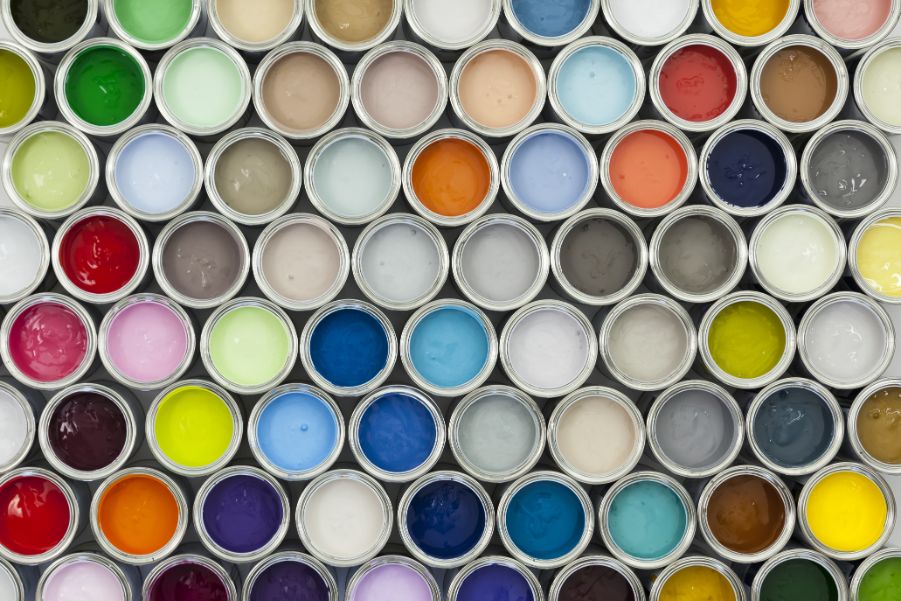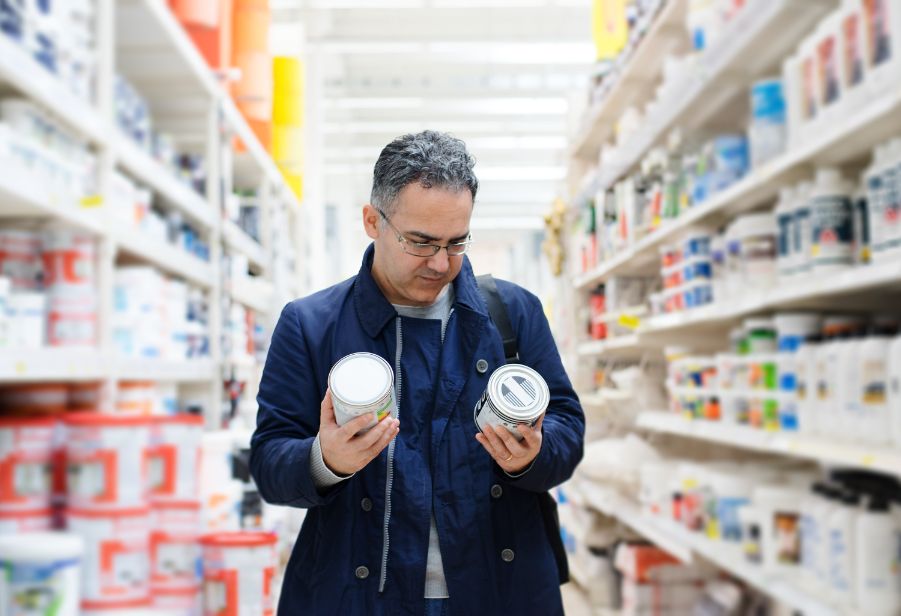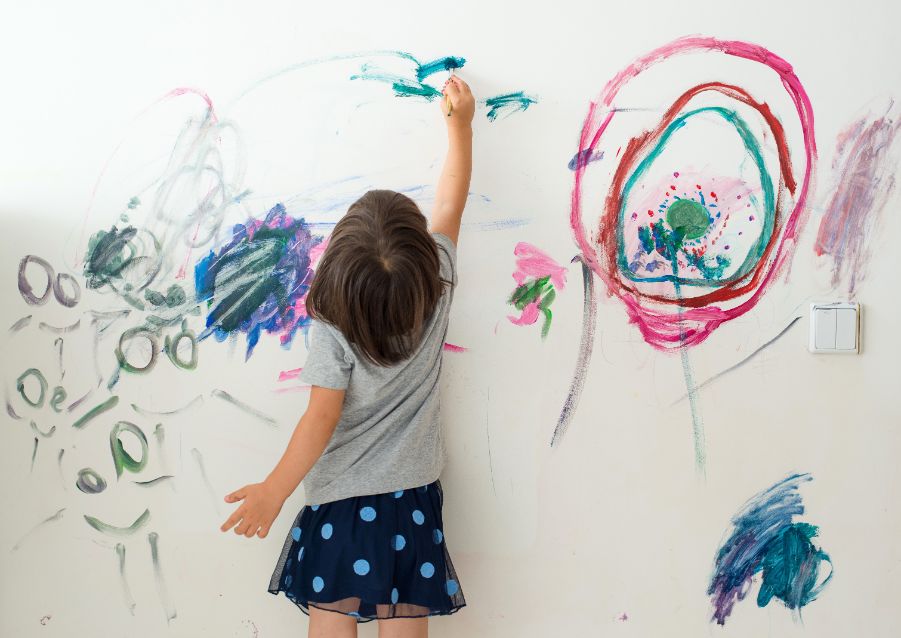What Are VOCs?

In your area home center or hardware store, you may be seeing interior paints that say “low VOCs” or “no VOCs.” Here’s what you need to know about volatile organic compounds and paint.
What Are VOCs?
VOCs are solvents that are released into the air as paint dries, a process known as off-gassing. (Other products emit solvents, too, like varnish, cleaning supplies, and even cosmetics.)
These compounds include chemicals like acetone, ethanol, toluene, formaldehyde, and more. And they continue off-gassing long after the paint smell is gone – as much as several years.
They can cause a variety of short-term symptoms like:
- Allergic skin reaction
- Damage to the liver, kidney, and central nervous system
- Dizziness
- Fatigue
- Headaches
- Irritation of the eye, nose, and throat
- Loss of coordination
- Nausea
Their long-term effects aren’t as well known, but according to the EPA, some are suspected of causing cancer. Fortunately, there are some steps you can take to reduce VOC levels in your home.
What Is Considered High VOC?
The federal government sets limits on the VOC content in paint, though many states regulate limits, too. Though these laws and regulations often change, right now, the federal government caps flat finishes like matte and eggshell to 250 grams per liter (g/L). Higher-gloss finishes, like semigloss and gloss, are limited to 380 g/L.
A Healthier Option
The good news is, through low-VOC and no-VOC paints, there are healthier options. Brands offering low- or no-VOC paints don’t add VOCs to their mixtures.
Low-VOC paints are considered 50 g/L or less, while no-VOC paints contain 5 g/L or less.
Even with all the green labels on paint products, it can be hard to know how to pick the best paint. So, choose paints whose emissions have been tested by a third party, like the EPA or Greenguard. That way, you’re guaranteed you’re getting low-emitting, eco-friendly products.
Reduce VOCs While Painting
If you’re painting a room, limit your exposure to VOCs by following these steps. Even if you’re using paint with low or no VOCs, you’re still exposed to chemicals that may cause a reaction while you’re painting. Taking these steps can help you and your family breathe easier.
Limit exposure – Keep family members and pets out of the room while you’re painting and for two or three days after. This is especially true for pregnant women, kids, and people with breathing issues.
Limit absorption – Furniture, fabric, and even walls can trap VOCs. So remove or cover furniture and tape plastic over curtains and any walls you’re not painting.
Wear a mask – If you’re painting, wear a mask or respirator and take breaks regularly for fresh air.
Ventilate – When possible, schedule your project during good weather—open windows and doors. Put box fans in windows and doors to create cross-ventilation and run them continuously while painting. Tape plastic or paper over return registers to keep harmful chemicals from traveling to the rest of the house.
Learn more about our house painting services and how we’re working to keep your family safe during the COVID-19 pandemic and beyond.



